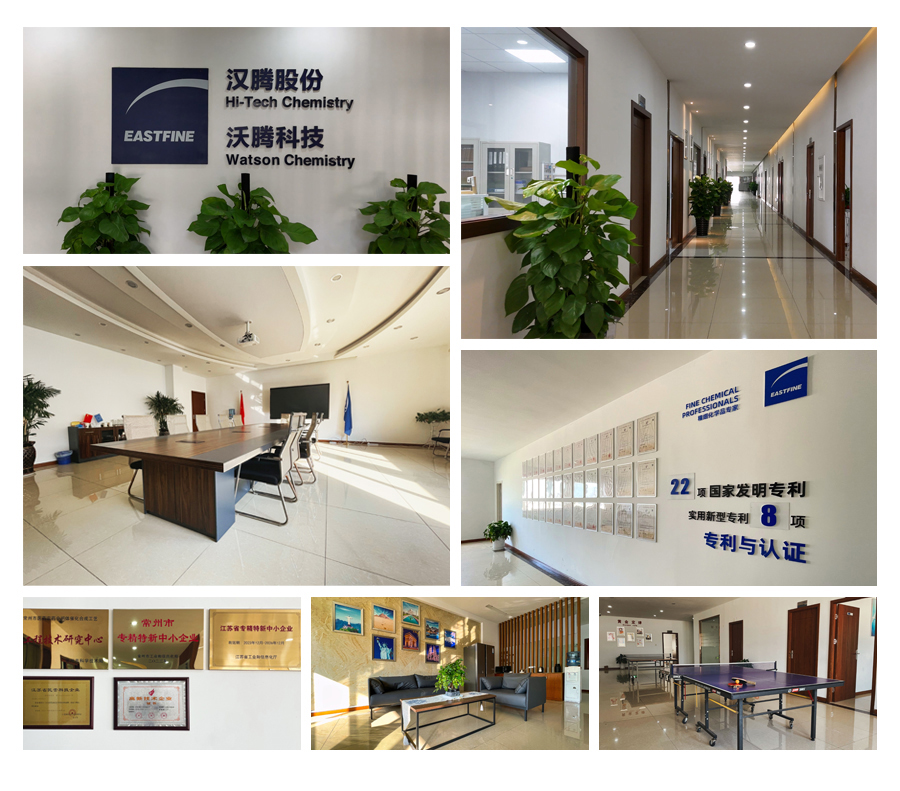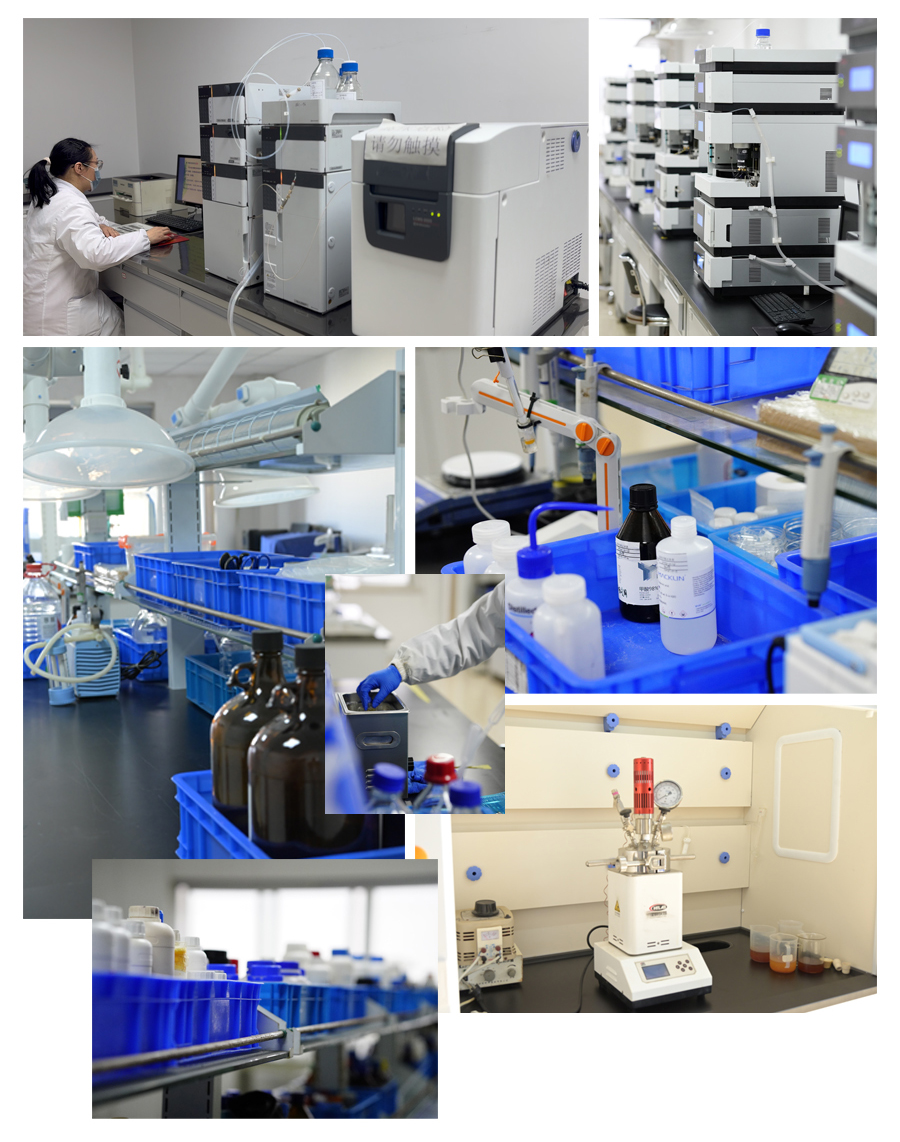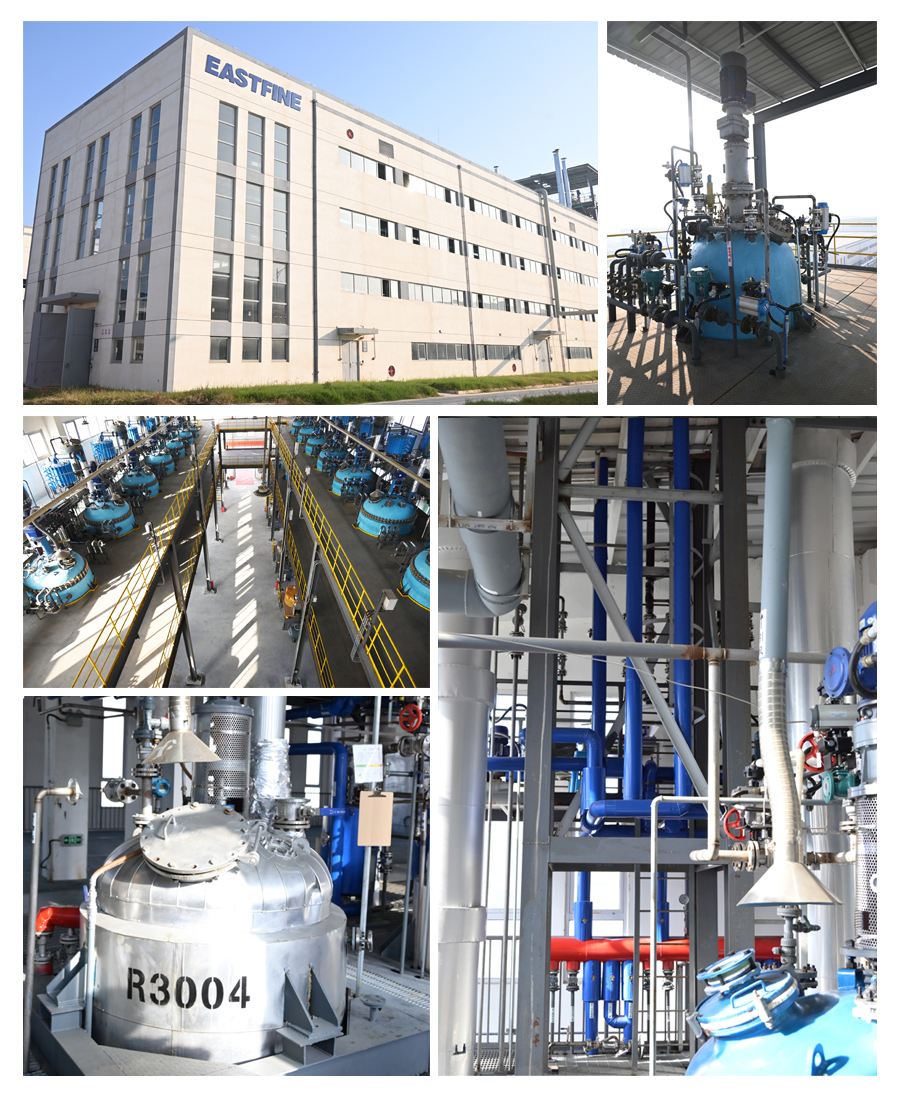| Availability: | |
|---|---|






Product Description
We are a pharmaceutical intermediate manufacturer of 4-(Trifluoromethoxy)cyanobenzene.
Its CAS No. is 332-25-2
Our pharmaceutical intermediates can be used in a variety of APIs.
| Product Category | Custom Synthetic Intermediates |
| CAS NO | 332-25-2 |
| Product Specifications | Boiling point: 192-193 °C(lit.) Density: 1.285 g/mL at 25 °C(lit.) Flash point: 181 °F storage temp.: Inert atmosphere,Room Temperature |
Office Environment

Laboratory

Workshop/Warehouse

Certificate

4-(Trifluoromethoxy)cyanobenzene is produced by EASTFINE , and we are in charge of overseas selling . Not just trading compamy .
China,America,Brazil,England,Russia,Poland,India,Pakistan,NewZealand,Korea,Australia,Dubai,Turkey,Indonesia,UAE.
yes , you can have 1 4-(Trifluoromethoxy)cyanobenzene sample for starting the business , but it is not free
please contact sale team for detail .
4-(Trifluoromethoxy)cyanobenzene (CAS 332-25-2) is an aromatic compound with the molecular formula C₈H₄F₃NO. It consists of a benzene ring substituted with a cyano group and a trifluoromethoxy group in the para positions. This pale yellow crystalline solid is widely used as a building block in pharmaceutical and materials chemistry due to its electron-deficient aromatic system.
The compound typically appears as white to off-white crystals with a molecular weight of 187.12 g/mol. It has a melting point range of 45-48°C and boils at approximately 220-225°C. The material shows good solubility in common organic solvents like dichloromethane and THF, but poor water solubility. The density is approximately 1.4 g/cm³ at room temperature.
For optimal stability, the compound should be stored in tightly sealed, light-resistant containers under inert atmosphere at temperatures between 2-8°C. Properly stored material maintains good stability for at least three years. The containers should be kept away from strong oxidizers and moisture to prevent degradation.
This versatile intermediate serves multiple roles in chemical synthesis. In pharmaceuticals, it's used to develop central nervous system drugs and other bioactive molecules. The material science field utilizes it for creating liquid crystal compounds. The cyano group can be readily converted to other functional groups like carboxylic acids, tetrazoles, or amidines through standard chemical transformations.
The compound may cause skin and eye irritation upon contact. Appropriate personal protective equipment including nitrile gloves, safety goggles, and lab coats should be worn during handling. All work should be conducted in a well-ventilated area or fume hood. In case of skin contact, wash immediately with soap and water. For eye exposure, flush with copious water for at least 15 minutes and seek medical attention.
Quality control involves several analytical techniques. HPLC analysis confirms purity, typically showing ≥98% content. Melting point determination provides a quick purity check. Spectroscopic methods including FTIR (showing characteristic CN stretch at ~2230 cm⁻⊃1;) and NMR (both ⊃1;H and ⊃1;⁹F) verify the molecular structure. Elemental analysis may be used for comprehensive quality assessment.
The combination of strongly electron-withdrawing groups creates a reactive aromatic system ideal for various transformations. The trifluoromethoxy group enhances electrophilic substitution reactions while the cyano group serves as a versatile handle for further functionalization. This dual functionality enables applications in nucleophilic aromatic substitutions, metal-catalyzed couplings, and cyclization reactions.
The compound is available through specialty chemical suppliers in various quantities. Standard offerings range from small research samples (100mg-10g) to development quantities (50g-1kg) and bulk production amounts. Many suppliers provide technical support for specific application requirements and can accommodate custom synthesis requests when needed.